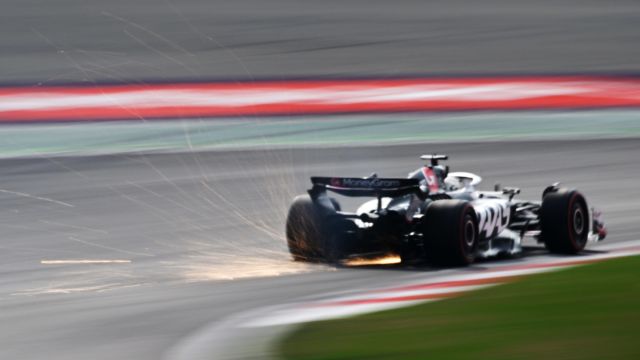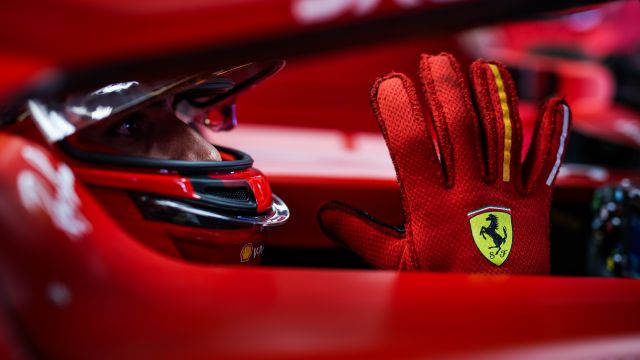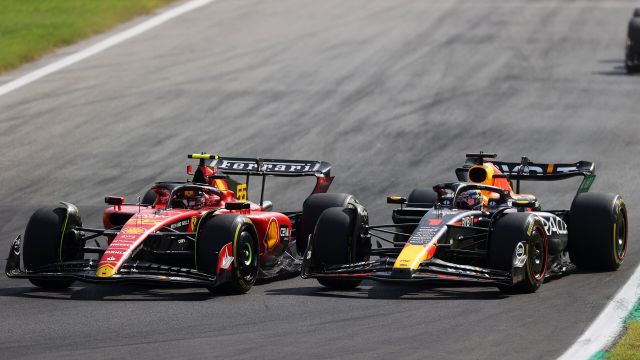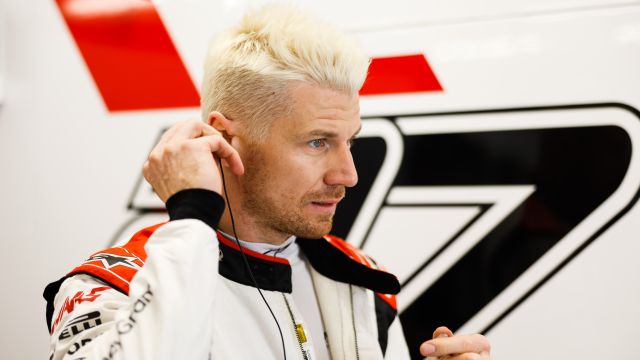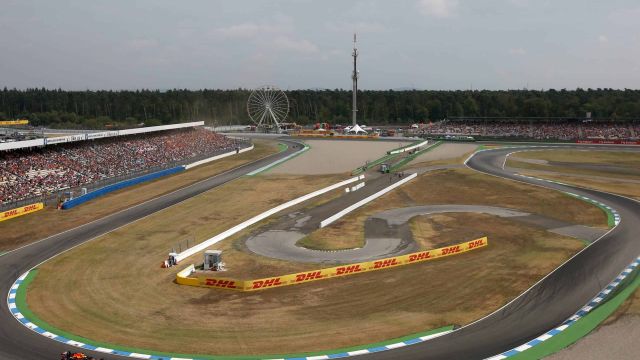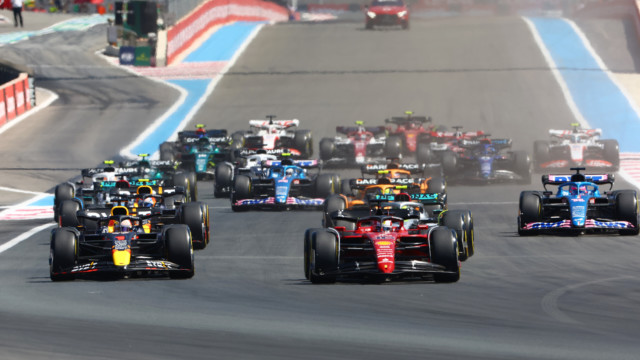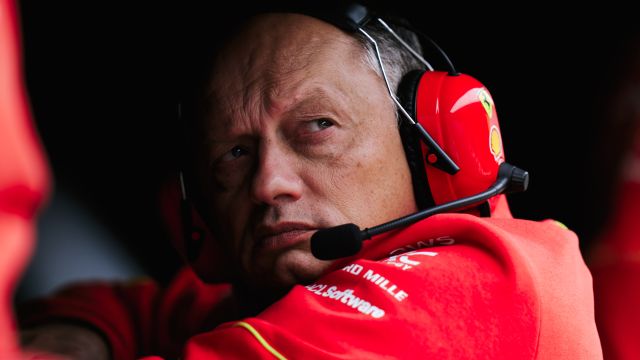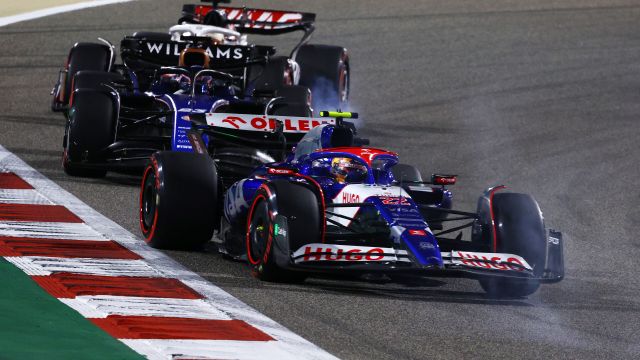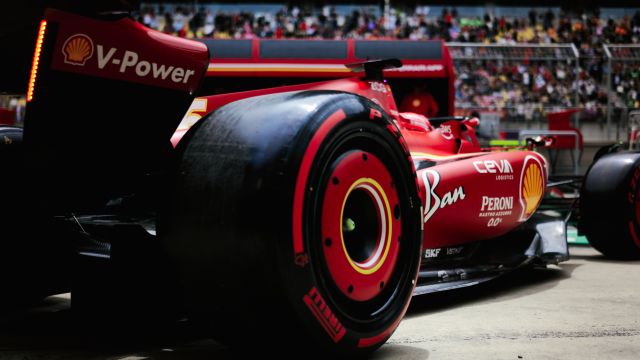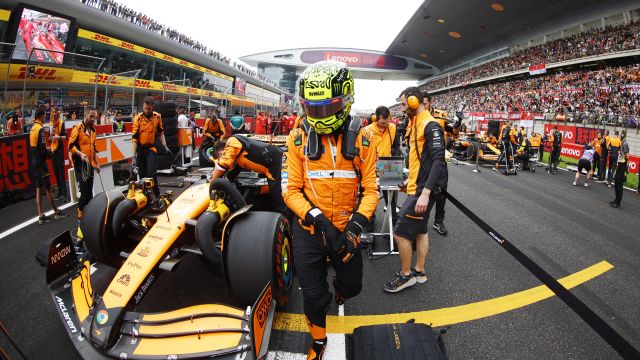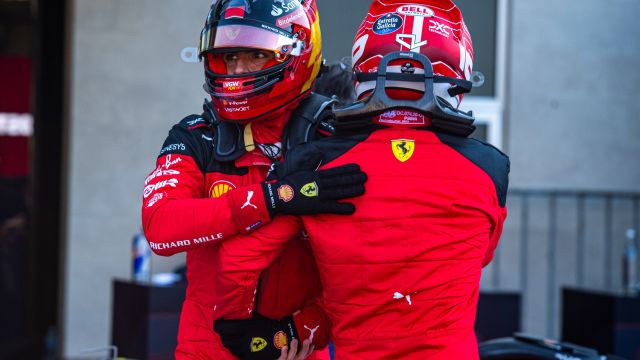Latest News
Lewis Hamilton Backed To Beat Charles Leclerc At Ferrari
Two former Formula 1 drivers have questioned Ferrari's decision to ...
Donald Trump Blocked From Holding Miami GP Fund Raiser
Donald Trump may have shelved plans to attend this weekend's ...
Ducks Lining Up In F1 Silly Season
The candidates are lining up for the vacant race seats ...
Carlos Sainz: “In My Head I Haven’t Decided Where To Go Yet”
Carlos Sainz admits he's "a little down" as the full ...
Filling the Second Sauber/Audi Seat Alongside Hulkenberg in 2025
The 2024 Formula 1 driver market has become a game ...
Nico Hülkenberg To Compete For Stake F1 Team KICK Sauber From 2025 Onwards
Driver Nico Hülkenberg will compete for Stake F1 Team KICK ...
Red Bull, Ferrari Play Down Sensational Newey Reports
Two top Formula 1 teams have played down sensational and ...
Nico Hulkenberg News Set To Be Announced On Friday – Report
Audi-owned Sauber is tipped to officially confirm authoritative reports suggesting ...
Hockenheim Inches Closer To F1 Race Return
Hockenheim has inched closer to reviving the defunct German GP. ...
Axed French GP Group Facing ‘Embezzlement’ Probe
The 2022 demise of the French GP at Paul Ricard ...
Adrian Newey To Leave Red Bull After 2024 Season
After nearly two decades, seven Drivers’ Championship and six Constructor’s ...
Stefano Domenicali Not Concerned About F1’s Growing Calendar
He is one of the most popular, widely known and ...
Ferrari Team Boss Finds Current Regulations ‘Complicated’
The recent Formula 1 Grand Prix of China, truly speaking, ...
Lewis Hamilton About Possibilities After Retirement And More
With his multi-year Ferrari contract starting next season, Lewis Hamilton ...
Growing Frustrations Threatening To Boil Over At Ferrari
"Sparks" between Ferrari's current drivers could soon become "a fire", ...
Opinions Split Over F1 Points Change Proposal
Opinions are already divided, as Formula 1 stakeholders gear up ...
Ferrari Set For Big-Money F1 Title Sponsor Deal?
Ahead of Lewis Hamilton's arrival at Ferrari, the fabled Italian ...
Upgrades Keep McLaren On A Charge To Beating Red Bull
After Lando Norris chased his friend Max Verstappen to the ...
Ferrari Drivers And Team Principal Speak About Their Performance In China, “Strange” Tyre Struggles And More
Charles Leclerc and Carlos Sainz finished fourth and fifth respectively ...
F1 Considering Controversial Points System Changes
Formula 1 is on the cusp of what would almost ...




